The man, who considered the originator of the word PAKISTAN, is Chaudhary Rehmat Ali. He composed of his ideas, “‘Pakistan’ is both a Persian and an Urdu word. It is made out of letters taken from the names of every one of our countries ‘Indian’ and ‘Asian’ that is Punjab, Afghanistan, Kashmir, Iran, Sind, Afghanistan, and Baluchistan. It implies the place where there is the Paks – the profoundly unadulterated and clean. It represents the strict convictions and the ethical supplies of our kin, and it represents every one of the regional constituents of our unique Fatherland.
Ideology of Pakistan
Pakistan is based on a special ideology. The ideology of Pakistan is based on the religion of Islam which guides Muslims in all spheres of life. It covers all aspects of human life. Socio-ethical, political, religious, and economic is the basic principles. The Muslims of the subcontinent were living a life of slavery with other nations during British rule. After getting rid of British slavery, they did not see any success in achieving their goal.

The dominance of the Hindu majority was evident. After much deliberation, the Muslims decided that after the overthrow of British rule, a Muslim state should be established in areas where the Muslim majority is present. This thinking gradually became stronger. Eventually, the Muslims started a great movement for the goal. The establishment of a separate Islamic state became a goal and this goal led to the creation of the ideology of Pakistan.
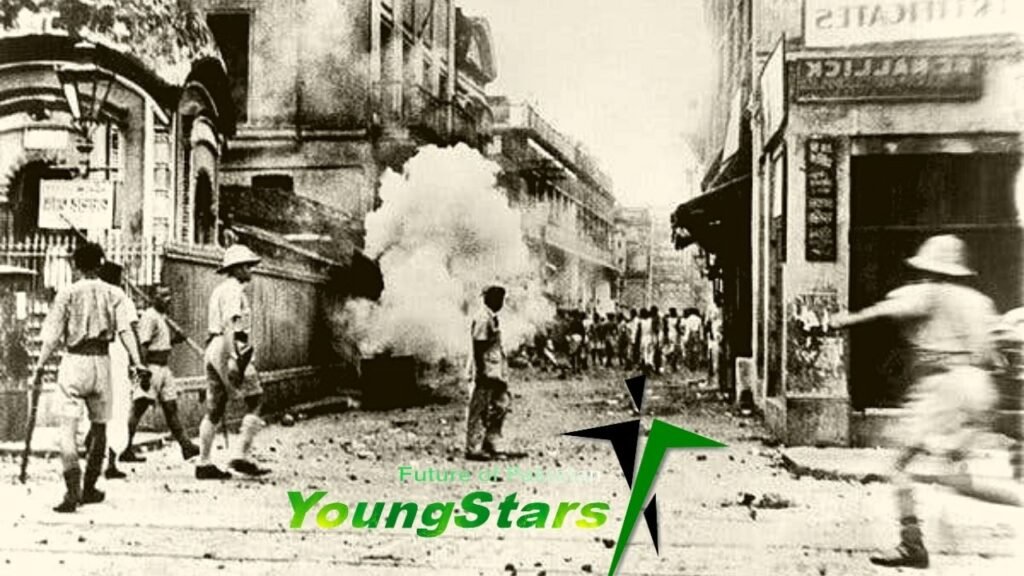
The creation of Pakistan became possible after a tremendous and constant struggle. Muslims have been ruling the Indian subcontinent for centuries and European nations have turned to it. They came for trade and seized power by taking advantage of the differences between the people of the subcontinent. Tipu Sultan and Nawab Siraj-ud-Daulah suffered setbacks due to the traitors. Attempts by the British to liberate the entire subcontinent from the British failed one after another.
The great man who brought the Muslims of the subcontinent to a dignified and safe place and put into practice the idea of a separate state was the personification of Quaid-e-Azam. He explained the ideology of Pakistan in his words “Pakistan came into existence on the day when the first Hindu became Muslim”.
Quaid-e-Azam
The result of the struggle of the Muslims of the subcontinent
Our forefathers have sacrificed their lives, property, and honor to get Pakistan. The foundations of Pakistan include the blood of many people. The people and their leaders have made many sacrifices in the struggle for Pakistan. The Muslim nation had to struggle hard to reach its destination and after unprecedented sacrifices and difficult circumstances, they succeeded in achieving their goal.
The people who played an important role in the formation of Pakistan or the great personality of Quaid-e-Azam Muhammad Ali Jinnah his sister Fatima Jinnah, thinker Pakistan Allama Muhammad Iqbal is also called the poet of the East, Sir Syed Ahmad Khan and Hazrat Mujaddid Alf-Sani planted this plant. His dream was for Muslims to adopt a system based on Islamic society, culture, and ethics. And this dream came a true year after year after their efforts and sacrifices.
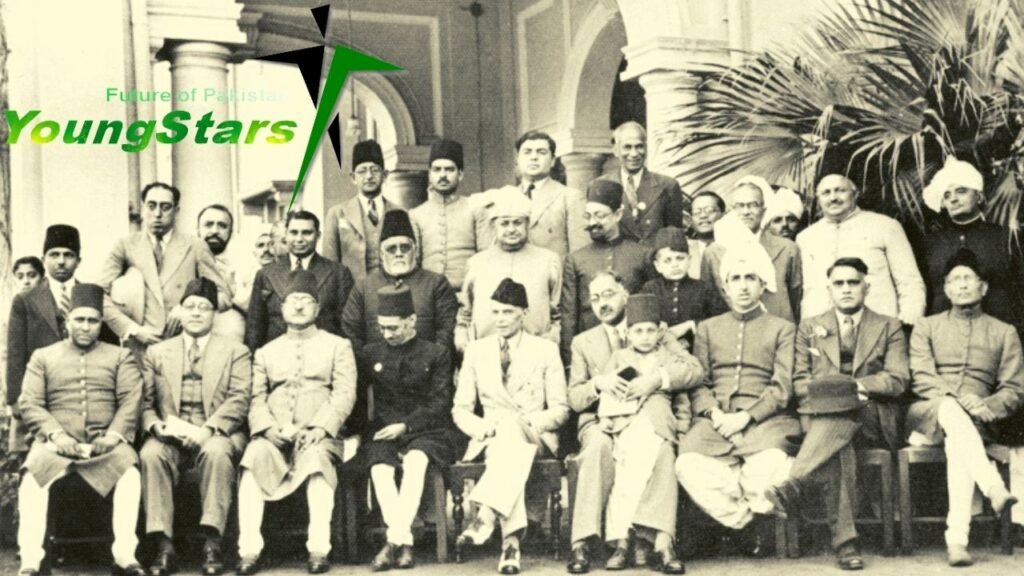
Indian Independence Act
The British government passed the Indian Independence Act on 18 July 1947 to divide the subcontinent into two countries. This law was prepared to keep in view the plan of 3 June 1947. The plan of June 3, 1947, was prepared, and immediately a law was enacted which brought both Pakistan and India on the world map. The independence of Pakistan was declared in 1947 and India on 15th August 1947. Allama Muhammad Iqbal’s dream was shattered by the grace and efforts of sincere and selfless leaders like Quaid-e-Azam and emerged on the world map on 14 August 1947 despite opposition in Pakistan.
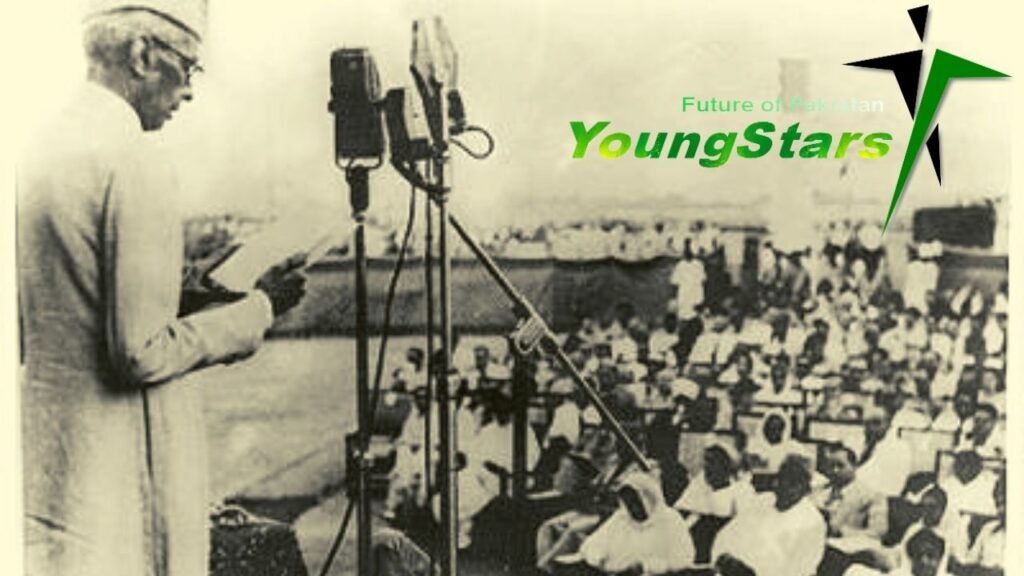
Early History of Pakistan
By the grace of Allah, the Islamic Republic of Pakistan came into being on August 14, 1947, but Congress never accepted the establishment of Pakistan wholeheartedly. Under the great leadership of Quaid-e-Azam, Pakistanis were determined to protect their freedom despite difficult circumstances. They bravely faced the situation and gradually overcame the problems. The nation showed great passion and hard work. The problems encountered in the early years include the administrative difficulties, the influx of refugees, the distribution of assets, the division of the army, the issue of river water, the issue of the State of Jammu and Kashmir.

Location of Pakistan
Pakistan the land of pure occupies a very significant position among the South Asian countries. Its capital city is Islamabad. Our country covers an area of 796,095 sq. km. It is situated between South West Asia and Indo-China. Pakistan is located between 61.0 easts to 7 5.5 east longitude and 24.0 North to 37.0 North latitude. We share borders with Iran in the west, Afghanistan in the north and northwest, China in the northeast, and India in the east. To the south of Pakistan lies the Arabian Sea.
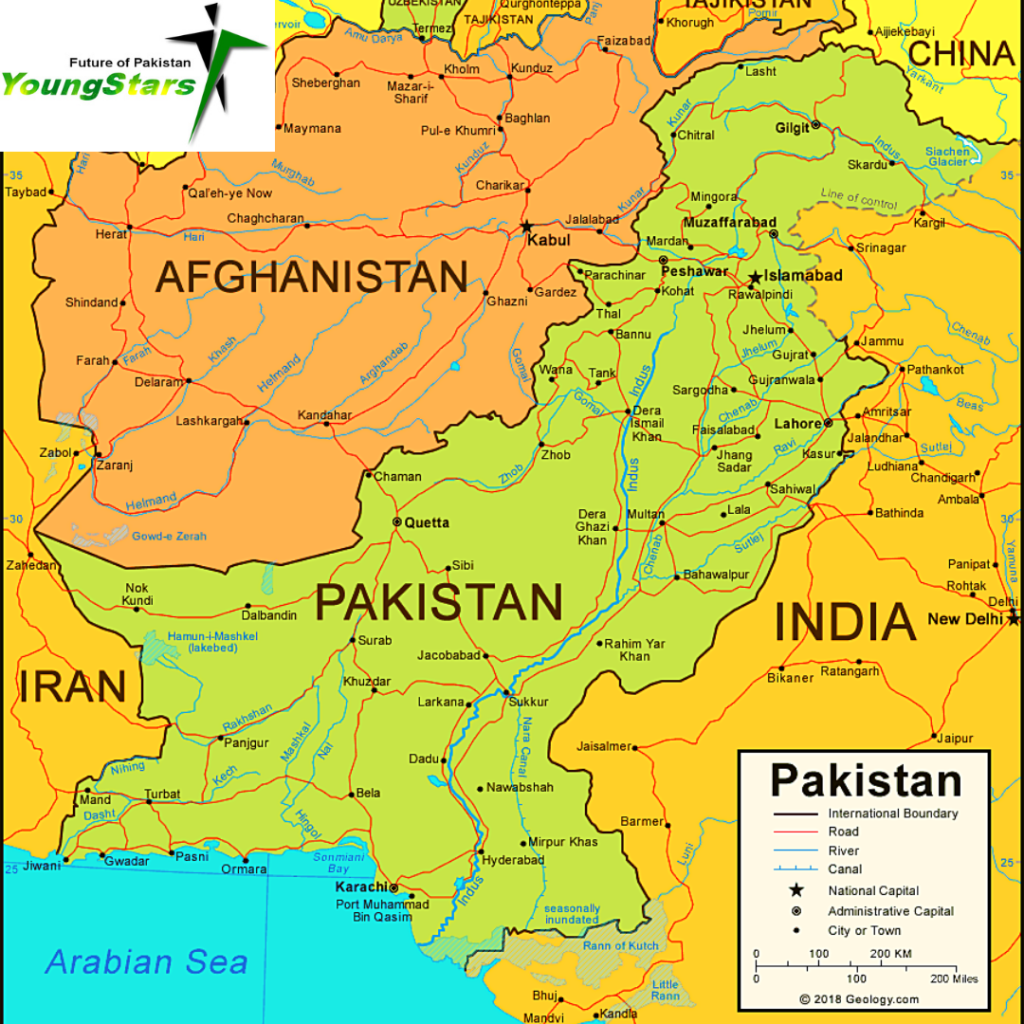
The climate of Pakistan & Valleys
The area between the mountains and the rivers as well as the valleys offers very beautiful views. That attracts tourists from all over the world. In the summer, when the heat is intense in the plains, people also go to these healthy places to spend their summer holidays. These valleys include Kaghan, Swat, Chitral, Neelum, Murree, Ayubia, and others. The government can earn a lot of foreign exchange by developing these areas. This will also create employment opportunities in these areas. There are four seasons in Pakistan: summer, autumn, winter, and spring.

Tourist Attraction
Pakistan is a land of high mountains, beautiful valleys, and green swaying plains. This country is one of the best countries in the world in terms of tourism. Where there are beautiful valleys that offer views. Notable among these are Neelum Valley, Kagan Valley, Swat, Ziarat, etc. These areas are covered with snow. And in summer the weather is pleasant. Very beautiful scenery like all waterfalls, lakes and high peaks you will find a lot in Pakistan.

Population of Pakistan
Pakistan is the world’s fifth-most populous country, with a population exceeding 225.2 million, and has the world’s second-largest Muslim population. The population of Pakistan at the time of independence was small as compared to the present huge size. A population census was first conducted in 1951 and according to the census total population was only 32.5 million. The growth rate of the population is an important factor in the economic development of the country. Like every country of the world, Pakistan’s population is also distributed unevenly. The population of Pakistan is growing at an alarming rate, because of the mortality rate. Due to better medical facilities survival among children is high and the infant mortality rate has reduced. It has certain reasons:
Topography , History of settlement, Water distribution, Climate, Social conditions
Province wise population in Pakistan is Punjab has 57%, Sindh has 24%, KPK has 14%, Baluchistan has 5% (approximate)

Landscape of Pakistan
The landscape is a combination of various landforms. The landscape of Pakistan is very and it can be studied under the mountains of Pakistan, a plateau of Pakistan, planes of Pakistan, coastal regions of Pakistan, deserts of Pakistan.
Culture of Pakistan
A nation is identified by its culture. When the people of a nation have been living together on the same land for a long time, they can see different values, customs, entertainment, and principles of life. There is great diversity in the dress of the Pakistani people.
People from every province and region dressed up according to their traditions. Different clothes are worn in rural and urban areas. Pakistani clothing is tailored to seasonal and religious needs. It is preferred to wear a hat or a turban. Both protect against extreme weather conditions. In rural areas, men use dhoti, kurta, and turban. Now the tradition of shalwar is growing. In urban areas, shalwar kameez, pants coat, sherwani, and vest are customary. The effect of western dress on the urban environment is noticeable. In Khyber Pakhtunkhwa, Balochistan and Sindh, large shalwars are worn.

Sports of Pakistan
Sports of Pakistan various traditional and modern sports competitions are also held in Pakistan. Pakistan’s cricket, hockey, and squash teams are famous all over the world. These sports tournaments are held at district, divisional, provincial and national levels. The art of wrestling is also famous in Pakistan. Sialkot district is famous all over the world for making sports equipment. High-quality bull equipment is manufactured here and exported to different countries all over the world.

Agriculture in Pakistan
The economy of Pakistan is predominantly agricultural. Today about 75% of people are still engaged directly or indirectly with this profession. Around 24.7 percent of our GDP belongs to this sector. The total area of Pakistan is about 80 million hectares of which about 21.99 million hectares are cultivated. The following table shows the province-wise distribution of agricultural land in Pakistan.
Province Percent (%)
Punjab 56
Sindh 26
KPK 8.4
Baluchistan 9.6
Total 100
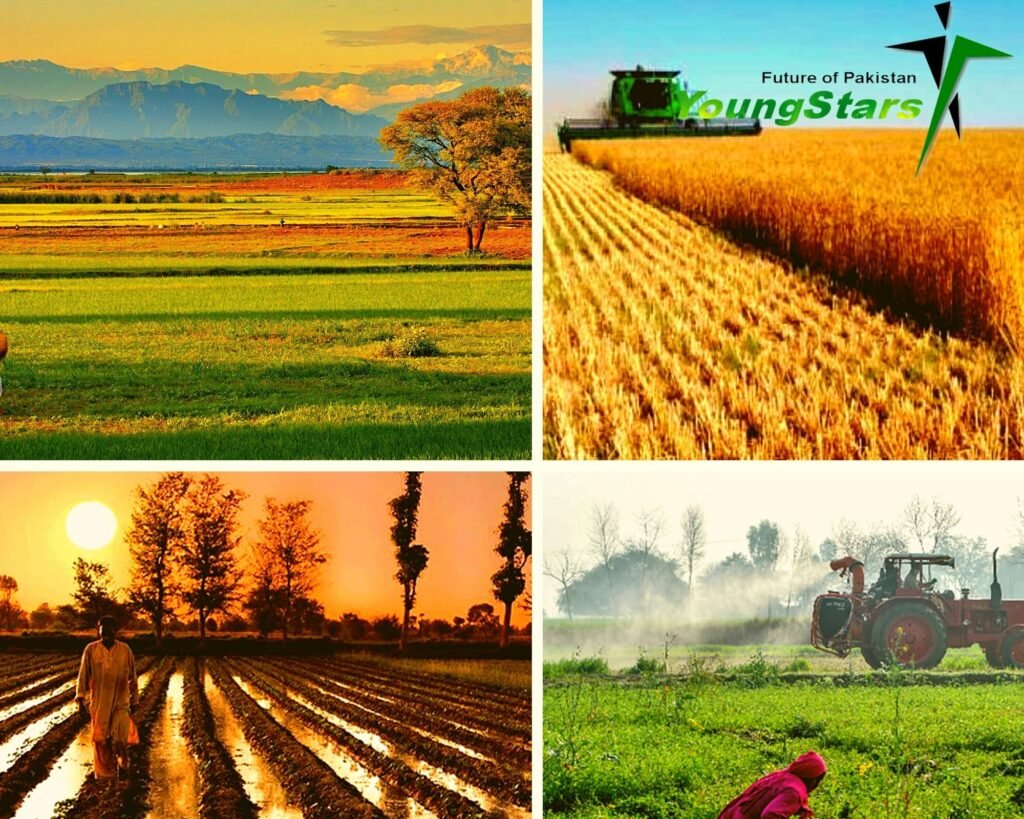
Industrialization in Pakistan
At the time of independence, Pakistan had a very weak industrial base. Pakistan inherited 34 small industrial units out of the total 921 in the subcontinent. Now, Pakistan has a strong industrial base, and industries account for nearly 17 percent of GDP. It employs almost 15% of the total labor force. Although our country has progressed in an industrial sector and we have become start-sufficient in some industrial fields, still we cannot claim to be an industrially developed country. We still depend on other countries for various industrial products. The economy of our country depends on agriculture the large-scale industry has only a 19% share in our GDP. Following are some of the main industries of Pakistan:
Textile industry, Sugar industry, Cement industry, Automobile industry, Cottage industry, Defense Industry, Telecom Industry
Exports of Pakistan
Pakistan exports the following items:
Cotton yarn
Cotton cloth
Readymade garments
Rice
Raw cotton
Carpet, rugs, and mats
Leather, skins, and hides
Synthetic textile products
Fish and their products
Petroleum products
Sports goods
Imports of Pakistan
An Import Pakistan imports mainly consist of:
Machinery
Petroleum
Chemical and drugs
Edible oil
Transport equipment
Electrical goods
Dyes and colors
Paper and Paper Products
Tea
Transport Network of Pakistan
All the basic means of transportation are available in Pakistan, but road transport is the most popular and widely used. Besides, it is the only means of transportation available to most of the population of Pakistan. It’s a fact that the development of transportation is much feasible and cheaper in plain areas as compared to the mountainous regions. As a result, the density of transport networks is very low in the Northern and North-Western hilly areas and Baluchistan plateau. The Government of Pakistan is making serious efforts to devise an efficient transport and communication network to meet the growing needs of the country. The transport network of Pakistan is
Road Network
Railway network
Airways
Waterways
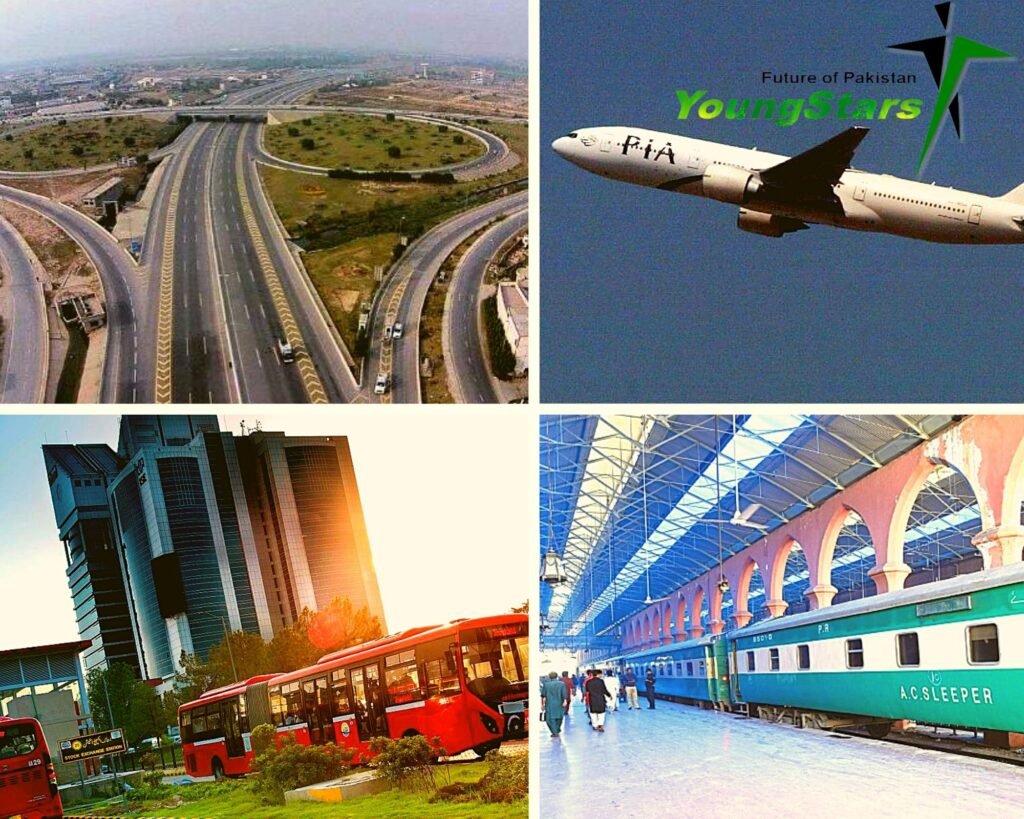
Trade partners of Pakistan
Trade plays a very important role in the economy of Pakistan. If trade activities talk partially or completely, our economy would suffer a great loss. International trade is more important as compared to internal trade. Although Pakistan is trading with others countries.
Its exports are highly concentrated in a few countries. Almost 50% of Pakistani experts are directed towards 7 countries namely the USA, Germany, Japan, the UK, Hong Kong, Dubai, and Saudi Arabia. Maximum share of exports goes to the USA, i.e. 24% the share of Germany UK and Hong Kong has remained relatively constant while that of Dubai and Saudi Arabia has risen due to mainly textile needs.
Mineral resources of Pakistan
Pakistan is quite rich in mineral resources as compared to many other developing countries of the world. However, the mining sector in Pakistan has largely remained underdeveloped due to financial constraints, poor planning, heavy reliance on advanced countries for the discovery of mineral wealth, and scarcity of trained persons, etc.
Pakistan has reserves of Barite, Dolomite, Gypsum, Rock Salt, Magnetite, Soapstone, Silica sand limestone, Marble, Granite, and precious stones and other minerals like Gold, Silver, Copper, Tin Chromate, and Platinum.
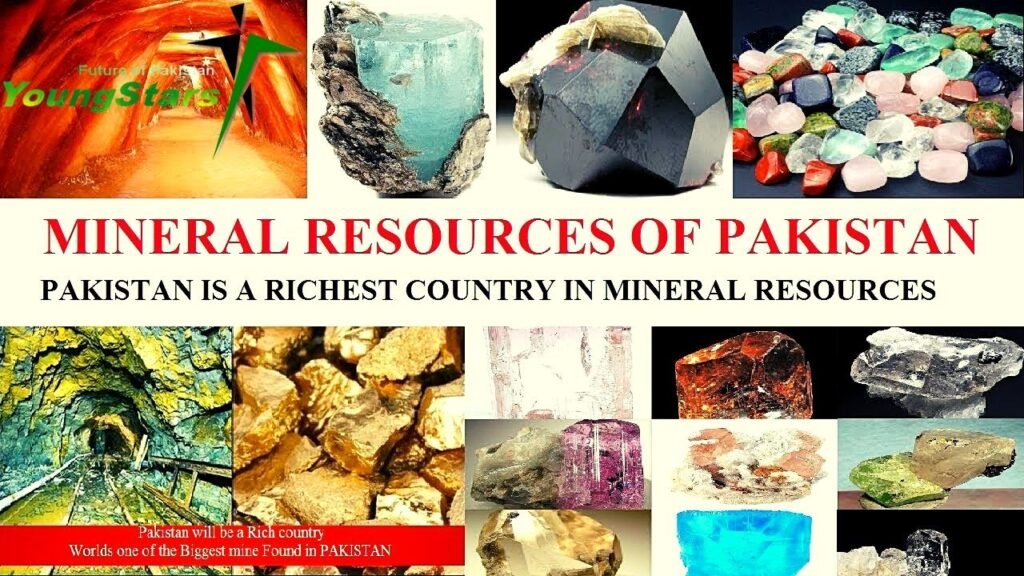
In short Pakistan has all resources which may lead us to the progressed country rank. What we need to do? Just we need to use these resources in appropriate way. Pakistan is rich in all kinds of natural resources. We just need to use these resources in the right way in the right way. The government of Pakistan should use these resources to take them to the heights of success.
Long Live Pakistan!


![Pakistan-the-Land-of-Purity-youngstars.pk_.-4 Pakistan the Land of Purity [youngstars.pk]](https://youngstars.pk/wp-content/uploads/2021/08/Pakistan-the-Land-of-Purity-youngstars.pk_.-4-696x557.jpg)
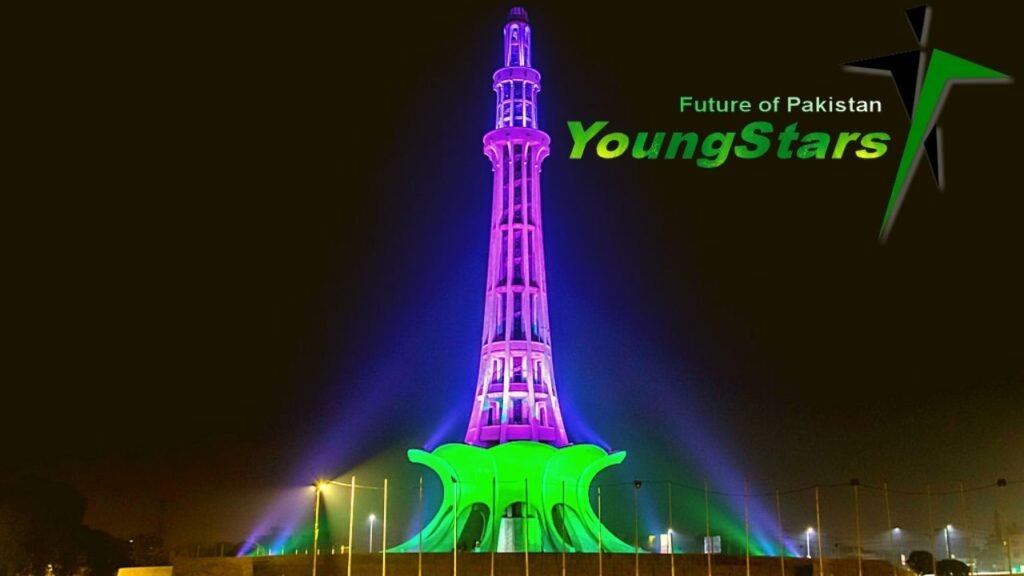



[…] Pakistan the Land of Purity […]
[…] Pakistan the Land of Purity […]
… [Trackback]
[…] Find More Info here to that Topic: youngstars.pk/2021/08/1932/pakistan-the-land-of-purity/ […]
… [Trackback]
[…] Find More Info here to that Topic: youngstars.pk/2021/08/1932/pakistan-the-land-of-purity/ […]
… [Trackback]
[…] Find More to that Topic: youngstars.pk/2021/08/1932/pakistan-the-land-of-purity/ […]
… [Trackback]
[…] Information on that Topic: youngstars.pk/2021/08/1932/pakistan-the-land-of-purity/ […]
… [Trackback]
[…] Information to that Topic: youngstars.pk/2021/08/1932/pakistan-the-land-of-purity/ […]
… [Trackback]
[…] Find More here on that Topic: youngstars.pk/2021/08/1932/pakistan-the-land-of-purity/ […]
… [Trackback]
[…] Information on that Topic: youngstars.pk/2021/08/1932/pakistan-the-land-of-purity/ […]
… [Trackback]
[…] Here you can find 75536 more Info to that Topic: youngstars.pk/2021/08/1932/pakistan-the-land-of-purity/ […]
… [Trackback]
[…] Info on that Topic: youngstars.pk/2021/08/1932/pakistan-the-land-of-purity/ […]
… [Trackback]
[…] Find More Information here to that Topic: youngstars.pk/2021/08/1932/pakistan-the-land-of-purity/ […]
… [Trackback]
[…] Information on that Topic: youngstars.pk/2021/08/1932/pakistan-the-land-of-purity/ […]
… [Trackback]
[…] Here you will find 47023 more Info to that Topic: youngstars.pk/2021/08/1932/pakistan-the-land-of-purity/ […]
… [Trackback]
[…] Read More to that Topic: youngstars.pk/2021/08/1932/pakistan-the-land-of-purity/ […]
… [Trackback]
[…] Find More Information here on that Topic: youngstars.pk/2021/08/1932/pakistan-the-land-of-purity/ […]
… [Trackback]
[…] Read More on on that Topic: youngstars.pk/2021/08/1932/pakistan-the-land-of-purity/ […]
… [Trackback]
[…] Find More here on that Topic: youngstars.pk/2021/08/1932/pakistan-the-land-of-purity/ […]
… [Trackback]
[…] Find More Info here to that Topic: youngstars.pk/2021/08/1932/pakistan-the-land-of-purity/ […]
… [Trackback]
[…] Find More here to that Topic: youngstars.pk/2021/08/1932/pakistan-the-land-of-purity/ […]
… [Trackback]
[…] Find More to that Topic: youngstars.pk/2021/08/1932/pakistan-the-land-of-purity/ […]
… [Trackback]
[…] There you can find 35292 additional Info on that Topic: youngstars.pk/2021/08/1932/pakistan-the-land-of-purity/ […]
… [Trackback]
[…] Read More here on that Topic: youngstars.pk/2021/08/1932/pakistan-the-land-of-purity/ […]
… [Trackback]
[…] Find More Information here to that Topic: youngstars.pk/2021/08/1932/pakistan-the-land-of-purity/ […]
… [Trackback]
[…] Read More to that Topic: youngstars.pk/2021/08/1932/pakistan-the-land-of-purity/ […]
… [Trackback]
[…] Find More on that Topic: youngstars.pk/2021/08/1932/pakistan-the-land-of-purity/ […]
… [Trackback]
[…] Read More on that Topic: youngstars.pk/2021/08/1932/pakistan-the-land-of-purity/ […]